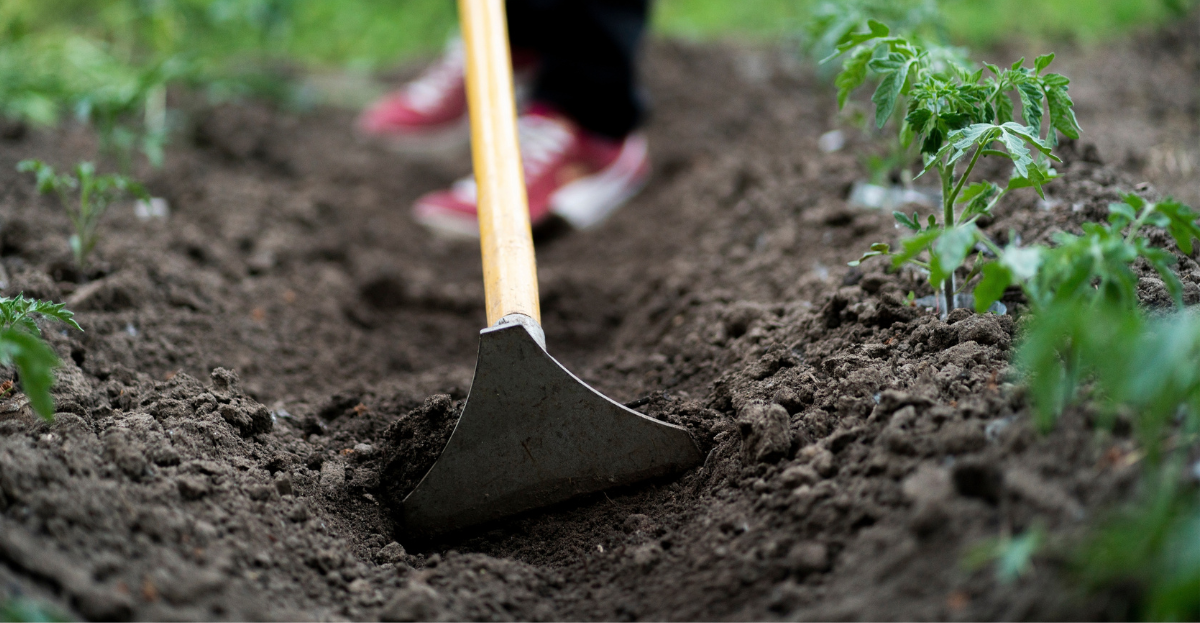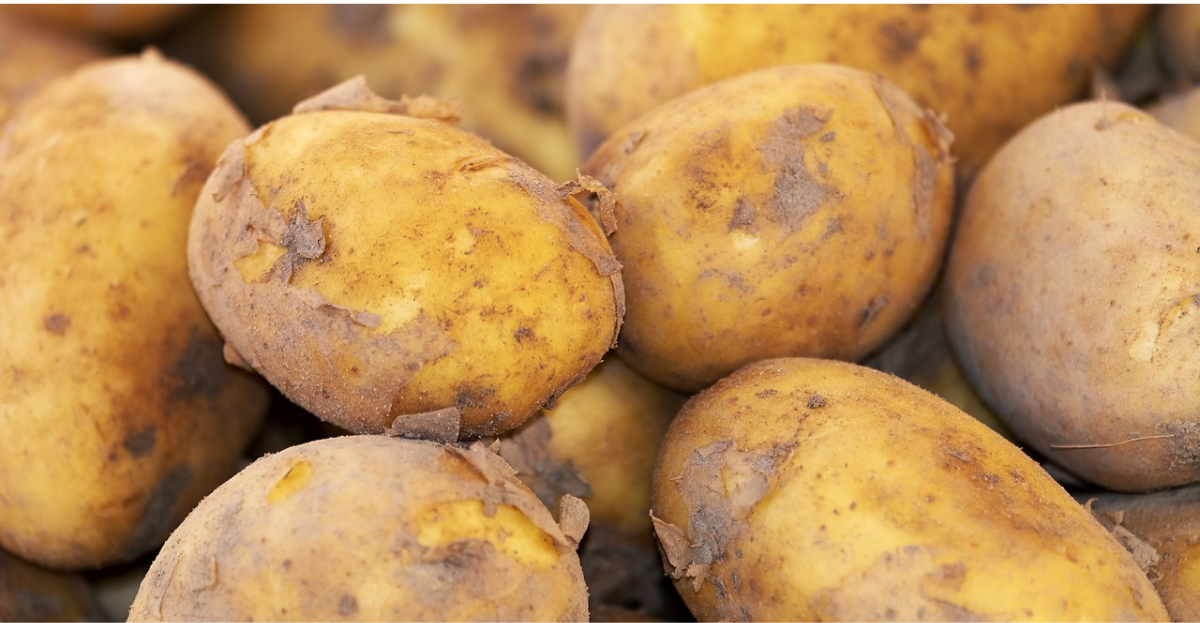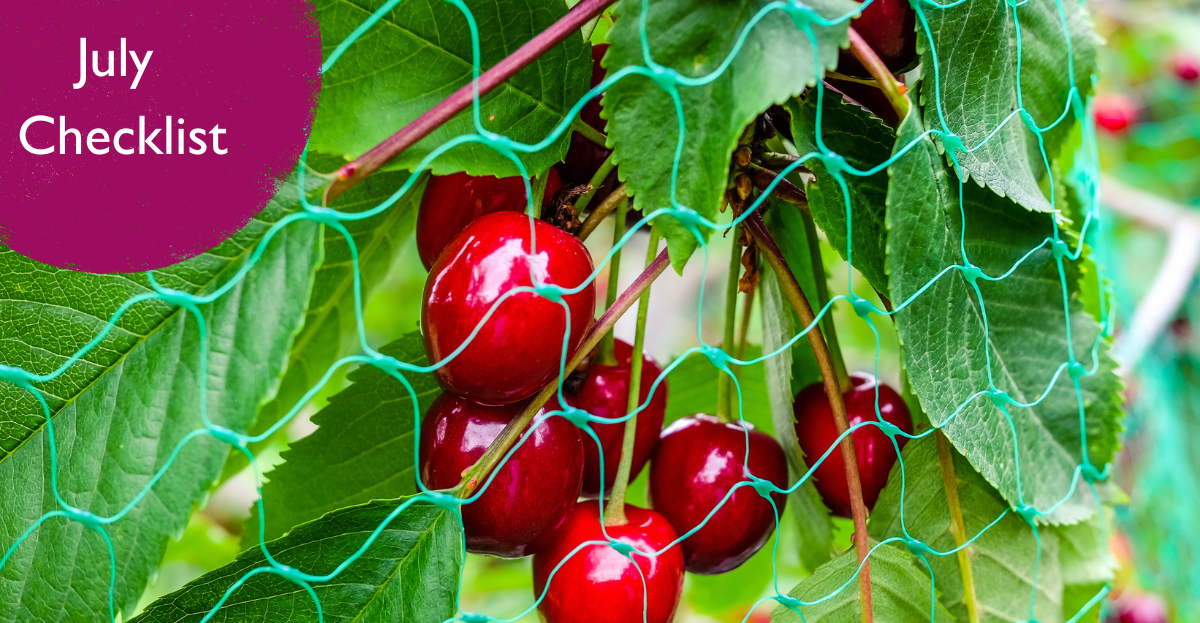Your July Gardening Checklist
July is often one of the hottest and busiest months on the allotment. With crops ripening fast, pests multiplying, and water at a premium, it’s a time of reward—but also of routine. Here's your complete checklist to keep your plot thriving this month.
July brings warm weather and plenty to do on the allotment. As your crops mature quickly and pests become more active, regular watering and vigilant care are essential. It’s a crucial time to harvest, protect, and prepare for the months ahead, keeping your plot healthy and productive through the summer heat.
Soil Preparation & General Maintenance
Hoe often– A dry July sun makes this the perfect time to hoe off young weeds. A regular hoeing regime keeps your soil open, weed-free, and allows water to penetrate easily.Mulch thirsty crops– Tomatoes, courgettes, pumpkins, and beans will benefit from a thick mulch of compost or well-rotted manure to retain moisture and reduce evaporation.
Water wisely– Early morning or late evening is best. Aim for fewer, deeper waterings that soak into the root zone rather than frequent light sprinkles.
Watch for blight– On potatoes and tomatoes, look out for black blotches on foliage. If spotted early, cut down the top growth immediately to protect the tubers or fruit.

Vegetable Tasks
July is the perfect time to keep your allotment productive with regular feeding, careful planting, and ongoing maintenance.
Harvest early potatoes as needed. Replant quick-maturing crops like salad leaves or French beans in the vacant space.
Lift shallots and lay them out to dry once their foliage dies down.
Make your final sowing of dwarf French beans now for a late crop in September.
Plant out winter brassicas like kale, cabbage, and purple sprouting broccoli. Firm the soil well to prevent wind rock.
Keep sowing salad crops in small batches, preferably in cooler spots or partial shade, to reduce bolting.
Thin swedes and turnips sown last month for better root development.
Plant out beetroot, fennel, and kohlrabi raised earlier in pots.
Stake tall crops like runner beans, sprouts, peas, and asparagus ferns.
Encourage pollinators by growing flowers nearby—runner beans especially benefit from good insect activity.
Fruit Tasks
Fruit trees and bushes are growing rapidly and beginning to bear fruit. Now’s the time to thin crops, apply mulch, and keep a close watch for any issues.Prune trained apple and pear trees (espaliers, cordons, etc.) by reducing side shoots to 3–5 leaves.
Protect cherries with netting before the birds beat you to them!
Harvest the last of your rhubarb and mulch crowns generously to build reserves for next year.
Prune gooseberries and currants by shortening side shoots to help next year’s fruiting.
Thin heavy-set apples and plums to prevent branch breakage and improve remaining fruit quality.
.png)
Greenhouse & Polytunnel
Greenhouses and polytunnels are in full swing this July. Proper ventilation, consistent watering, and careful plant care are essential to keep everything thriving.Ventilate daily to prevent heat stress. Prop open doors, vents, or roll up tunnel sides.
Dampen floors to boost humidity and deter red spider mites.
Tie in cucumbers, melons and tomatoes as they grow.
Water and feed tomatoes regularly to prevent blossom end rot. Use a high-potash feed weekly.
Hand-pollinate melons by transferring pollen from male to female flowers with a soft brush or by using a male flower directly.
Flower Tasks
July sees ornamental borders in full bloom, but it’s still a busy month for harvesting cut flowers and supporting plant structures.Water well in dry spells—especially for dahlias and sweet peas.
Keep deadheading to encourage more blooms, especially in sweet peas and annuals like cosmos.Stake dahlias and chrysanthemums—they’re heavy feeders and tall growers.
Harvest cut flowers regularly to keep new blooms coming.
.png)
Pest Control & General Allotment Maintenance
The summer heat means pests are more active—stay vigilant with regular checks and control measures.
Slugs and snails are still active, especially after rain. Set traps or pick off by hand in the evening.
Aphids multiply quickly in the heat—use soapy sprays or encourage ladybirds.
Watch out for cabbage white butterflies—net brassicas and inspect for eggs and caterpillars.
What to Harvest
Mid-summer brings a surge in harvest—here are some crops to watch for this month:
New potatoes
Shallots and early onions
Beetroot and baby carrots
Courgettes and cucumbers
Lettuce, salad leaves, and radishes
Strawberries, gooseberries, and early cherries
Rhubarb (last chance!)
Broad beans and early French beans

Final Thoughts
July brings bounty, but it also brings heat, pests, and pressure on your plants. Watering and feeding are key, as is staying one step ahead of pests and diseases. But with a little effort and attention, your allotment can be bursting with fresh produce, colourful flowers, and the deep satisfaction of summer success.Join The National Allotment Society
Become a National Allotment Society member and help to preserve and protect allotments for future generations.
You'll also gain a range of benefits, including free liability insurance, initial legal support, expert advice and much more.

